If you’ve ever wondered whether inline skates and Rollerblades are the same, here’s the quick answer: all Rollerblades are inline skates, but not all inline skates are Rollerblades. Inline skates refer to any skate with wheels in a single row, while Rollerblade is a brand that became so popular in the ‘80s and ‘90s that people started using the name interchangeably with inline skates.
Here’s the breakdown:
- Inline skates: A general term for skates with wheels in a straight line. They come in various types like recreational, aggressive, or racing skates.
- Rollerblade: A specific brand of inline skates that dominated the market and became synonymous with the category.
So, whether you’re shopping for skates or just curious, knowing the difference can help you make a better choice for your needs. Keep reading for tips on picking the right skates and a look at how they perform.
ROLLER SKATES VS. ROLLERBLADES - Which One Is Best For You? MOXI Roller Skates - K2 Inline Skates
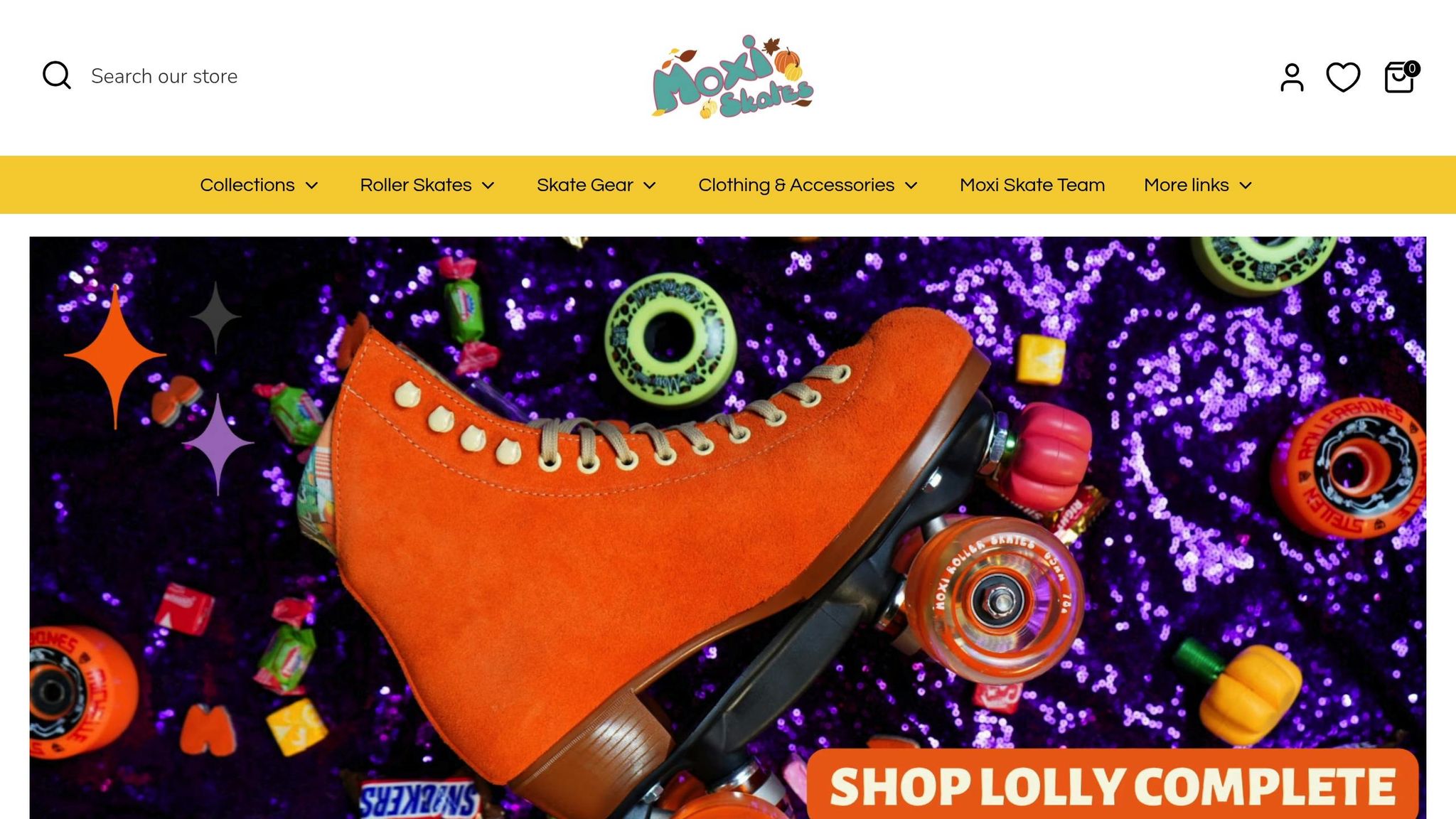
Brand Names vs. Generic Terms
Let’s dive into how brand identity can blur the lines between a general term and a specific name. For example, "inline skates" and "Rollerblades" are often used interchangeably, even though they mean different things - kind of like how people say "Kleenex" when they mean tissues or "Band-Aid" instead of adhesive bandages.
Inline Skates: The Generic Term
"Inline skates" is the correct, catch-all term for any skates with wheels arranged in a straight line, no matter who makes them. It covers everything, from budget-friendly recreational skates to top-tier racing models.
Rollerblade: The Popular Brand
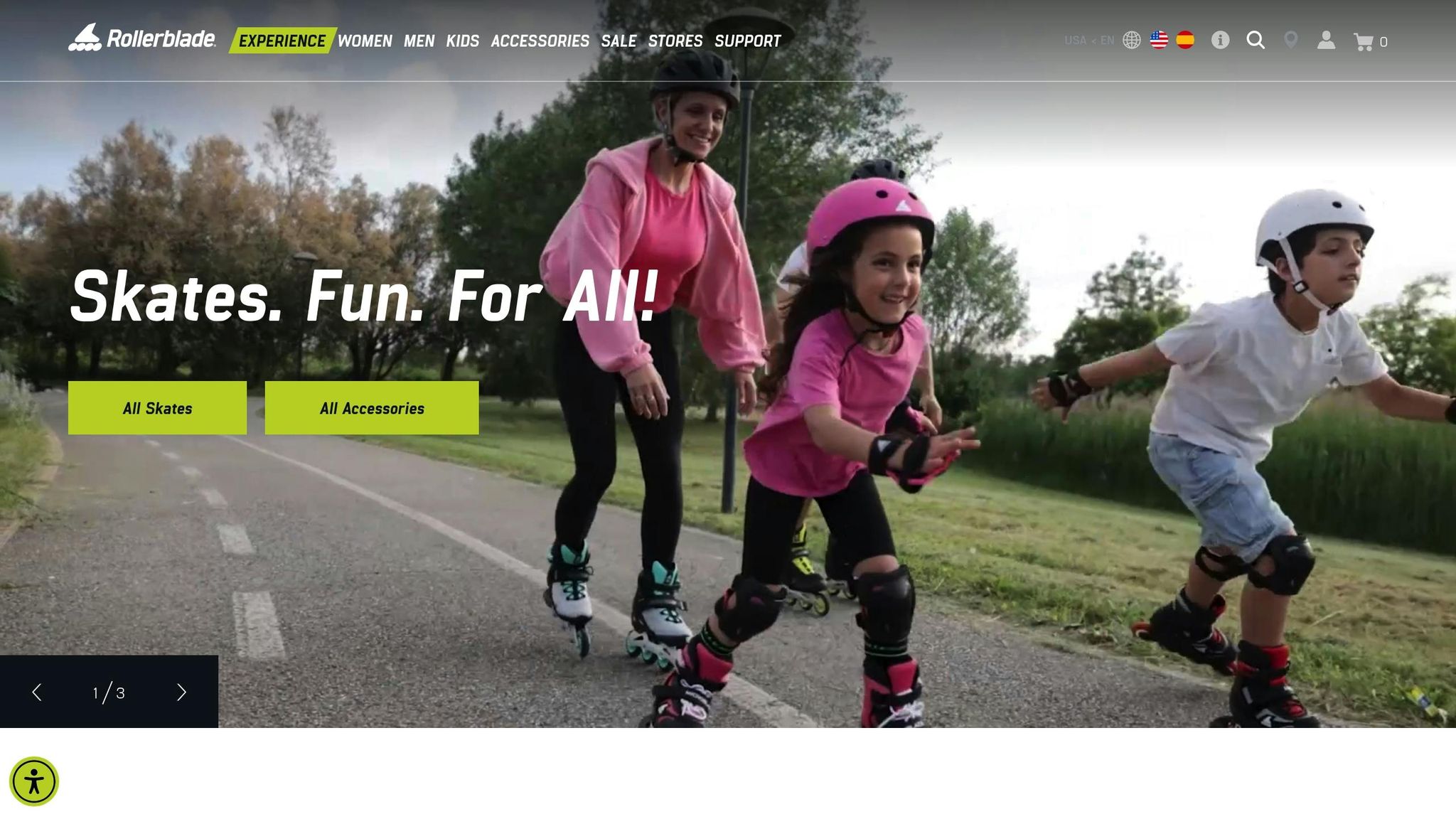
On the other hand, Rollerblade is a specific company that produces inline skates. Back in the '90s, Rollerblade dominated the market so thoroughly that the name became synonymous with inline skates in everyday language.
As Princess on Skates puts it:
"Rollerblade" is actually a brand that makes inline skates. Back in the 90s, as inline skates was becoming very popular, Rollerblade was the biggest skate manufacturer. Many people mistakenly thought rollerblade as a type of skates.
Why the Mix-Up?
This mix-up happened because Rollerblade was everywhere when inline skating became a massive trend in the late '80s and early '90s. Their marketing was everywhere. Parents started calling all inline skates "Rollerblades", sports stores followed suit, and even competitors began using phrases like "rollerblade-style" in their ads. Despite the rise of other brands, the habit stuck, and the confusion is still part of American English today. Understanding the difference is helpful when picking out skates that fit your needs - something we’ll explore further when we dive into design and performance comparisons next.
Design and Performance Comparison
Inline skates and Rollerblade models might seem different at first glance, but they actually share the same basic design. The distinction lies more in branding than in any fundamental differences.
Key Design Features
Every inline skate is built around three main components: the boot, the frame, and a single row of wheels. However, the way these parts are configured can vary depending on the intended use:
- Recreational skates: Designed for comfort, these typically feature softer boots and larger wheels, making them ideal for smooth rides and casual outings.
- Aggressive skates: Built for tricks and jumps, these come with smaller, harder wheels and reinforced frames to handle the extra stress.
These design tweaks cater to different skating styles, ensuring that skaters can find a model suited to their specific needs.
Performance and Terrain Use
When it comes to performance, what really matters are the specific features of the model and the quality of its construction - not the brand. Whether you're using a pair of Rollerblade skates or another brand of inline skates, the core design principles are the same across the board. What sets them apart is how well they're built to handle different terrains and activities.
sbb-itb-17ade95
How to Choose the Right Skates
Picking the perfect pair of skates depends on your skill level and what you want to achieve. Inline skates and Rollerblade-branded models share a similar design, so the key is to focus on features that align with your experience and goals. Let’s break it down by looking at some important factors like skill level, boot design, and fit.
Factors to Consider
Skill level plays a big role in deciding which skates will suit you best. If you're a beginner, go for high-top boots - whether quad or inline - with shorter, wider wheels. These features help with stability. High-top quad skates, in particular, are great for those just starting out. They provide extra ankle support and distribute weight evenly thanks to their two axles, which makes balancing less intimidating. The wider base of quad skates also adds side-to-side stability, which can boost your confidence as you learn.
The boot design also affects how the skates perform. Inline skates usually have higher, stiffer boots that hold your foot at a 90-degree angle, offering strong ankle support and better stability. On the other hand, roller skates often come with more flexible boots, giving your ankle a greater range of motion.
When it comes to comfort versus performance, you’ll need to find a balance. Recreational inline skates often come with soft boots that feel as comfy as regular shoes. However, if you’re looking for high-performance skates, be prepared to sacrifice a little comfort for better performance.
Lastly, sizing and fit are crucial. Different brands may have slightly different boot shapes, so sticking with a brand that suits your foot shape can make it easier to find skates that fit snugly and consistently.
Tips for Beginners
For beginners, the best approach is to focus on stability and comfort rather than advanced features. If possible, visit a shop to try on a few pairs. This hands-on approach helps you find the pair that feels just right for your foot shape and comfort needs.
Snowfeet* vs. Winter Sports Equipment

Inline skates and rollerblades have long been staples of recreational fun, but when it comes to winter adventures, Snowfeet* bring something entirely different to the table. These mini ski skates are changing how we think about snowy escapades.
What Are Snowfeet*?
Snowfeet* are compact ski skates - just about 15 inches (38 cm) long - that strap onto your regular winter boots or snowboard boots. They’re incredibly portable, small enough to fit into a backpack, and perfect for spur-of-the-moment fun on the slopes. Unlike traditional skis, which require clunky, specialized boots, Snowfeet* work with the footwear you already own. That means no extra gear to lug around or buy.
Even better? They’re easy to pick up, especially if you’ve got experience with ice skating, rollerblading, or hockey. The learning curve is quick, making them a great option for anyone looking to dive into winter activities without the steep (and often intimidating) learning curve of traditional skiing.
Snowfeet* vs. Skis and Snowboards
Snowfeet* bring a fresh twist to winter sports gear. Unlike traditional skis and snowboards, which require heavy, specialized boots and lots of gear, Snowfeet* are lightweight and work with everyday winter boots.
They’re also incredibly agile. Thanks to their compact size, Snowfeet* let you navigate tight spaces and crowded slopes with ease. They’re perfect for trails where full-length skis just won’t fit, giving you more freedom to explore. While skis and snowboards are usually limited to groomed slopes, Snowfeet* shine in snowparks, on hiking trails, sledding hills, and even cross-country paths. Just keep in mind - they perform best on harder snow surfaces rather than deep powder.
Cost is another big difference. Traditional winter sports gear can be a hefty investment, requiring not just skis or a snowboard but also specialized boots, bindings, and accessories. Snowfeet*, on the other hand, offer a more budget-friendly way to enjoy winter sports. They’re a practical option for anyone looking for an affordable, hassle-free way to play in the snow.
Comparison Table: Snowfeet* vs. Standard Gear
| Feature | Snowfeet* | Traditional Skis & Snowboards |
|---|---|---|
| Learning Curve | Quick, especially for skaters; beginner-friendly | Steeper learning curve; harder for newcomers |
| Footwear Required | Regular winter boots or snowboard boots | Specialized ski or snowboard boots |
| Portability | Lightweight; fits in a backpack | Bulky; requires gear bags or roof racks |
| Suitable Terrains | Snowparks, ski slopes, hiking trails, sledding hills | Mostly groomed slopes and ski areas |
| Storage | Minimal space required | Needs significant storage space |
| Transportation | Easy to carry anywhere | Requires special transport equipment |
| Cost Barrier | Lower upfront cost | Higher investment in gear and accessories |
| Accessibility | Usable in any snowy area | Typically limited to ski resorts |
This table really drives home the appeal of Snowfeet*. They solve a lot of the headaches that come with traditional winter sports gear - whether it’s the bulk, the cost, or the hassle of transportation. Snowfeet* make winter fun simpler, more portable, and way more accessible.
Conclusion: Making the Right Choice
Key Takeaways
Inline skates and Rollerblade models might look similar, but the key is to focus on functionality rather than brand names. The right choice boils down to your skating style and budget.
As for Snowfeet*, they bring a fresh twist to winter sports. By skipping the need for specialized boots, they make it easier to transport your gear and cut down on costs. Plus, they’re lightweight and portable, which is a big win compared to traditional ski or snowboard setups.
Final Recommendations
Here’s how to figure out what works best for you:
For inline skating: Look for skates that match your needs. Beginners should go for comfort and stability to build confidence, while seasoned skaters might want features that boost speed and performance. Trying out a few models can help you find your perfect pair.
For winter sports: Think about what matters most. If you’re all about convenience, portability, and saving money, Snowfeet* could be the way to go. They’re perfect for casual winter fun, hiking in snowy conditions, or hitting the slopes without the hassle and expense of full ski gear.
At the end of the day, the best choice is the one that fits your lifestyle. If you’re someone who values gear that’s easy to carry and store, Snowfeet* might be just the thing to help you enjoy winter sports without overcomplicating things. Traditional skiing and snowboarding are still great options, but there’s something exciting about equipment that makes getting outside simpler and faster.
FAQs
What’s the difference between recreational and aggressive inline skates, and how do I pick the right ones?
Recreational inline skates are your go-to option for relaxed skating sessions. Whether you're cruising through parks, gliding along bike paths, or exploring neighborhood streets, these skates are designed with comfort and ease in mind. They usually come with soft boots for a cozy fit, larger wheels for a smoother ride, and a handy heel brake to make stopping a breeze. Perfect for beginners or anyone looking to skate for fitness or fun.
Aggressive skates, however, are a whole different game. Built for tricks and stunts, they feature a shorter wheelbase for better control, smaller and tougher wheels, and a grind plate that lets you slide on rails or ledges like a pro. These skates thrive in skate parks or urban spots where pulling off tricks is the main attraction.
So, how do you pick? If your goal is to stay active or enjoy a leisurely ride, recreational skates are the way to roll. But if you're all about mastering tricks and grinding rails, aggressive skates are your best bet.
What’s the difference between inline skates and Rollerblades, and are there any benefits to choosing the Rollerblade brand?
Did you know that Rollerblade is actually a brand name, not a general term for all inline skates? It became so synonymous with the activity because Rollerblade was a key player in making inline skating popular in the U.S. The name just stuck!
Opting for a Rollerblade model has its perks - think top-notch materials, sleek designs, and a reputation for solid performance. That said, plenty of other brands make great inline skates too. It’s worth checking out a few options to see which one fits your style and needs best.
How do Snowfeet* compare to traditional skis and snowboards for winter sports enthusiasts?
Snowfeet* bring together performance and convenience in a way that stands out from traditional skis and snowboards. Thanks to their compact size, they’re super easy to carry and store. Plus, their lightweight design makes gliding down the slopes feel effortless and nimble. If you’re after a winter sports option that’s portable and hassle-free, Snowfeet* might just be your new best friend.
What’s more, they’re easier to control than traditional gear. That’s a huge plus for beginners or older skiers who want a low-impact, knee-friendly way to enjoy the snow. Snowfeet* offer a fun, flexible way to hit the slopes - without the bulk or complexity of larger equipment. Perfect for anyone looking to keep things simple while still having a blast in the snow.







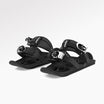
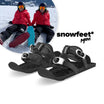
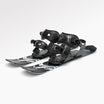
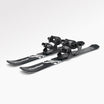

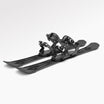

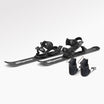






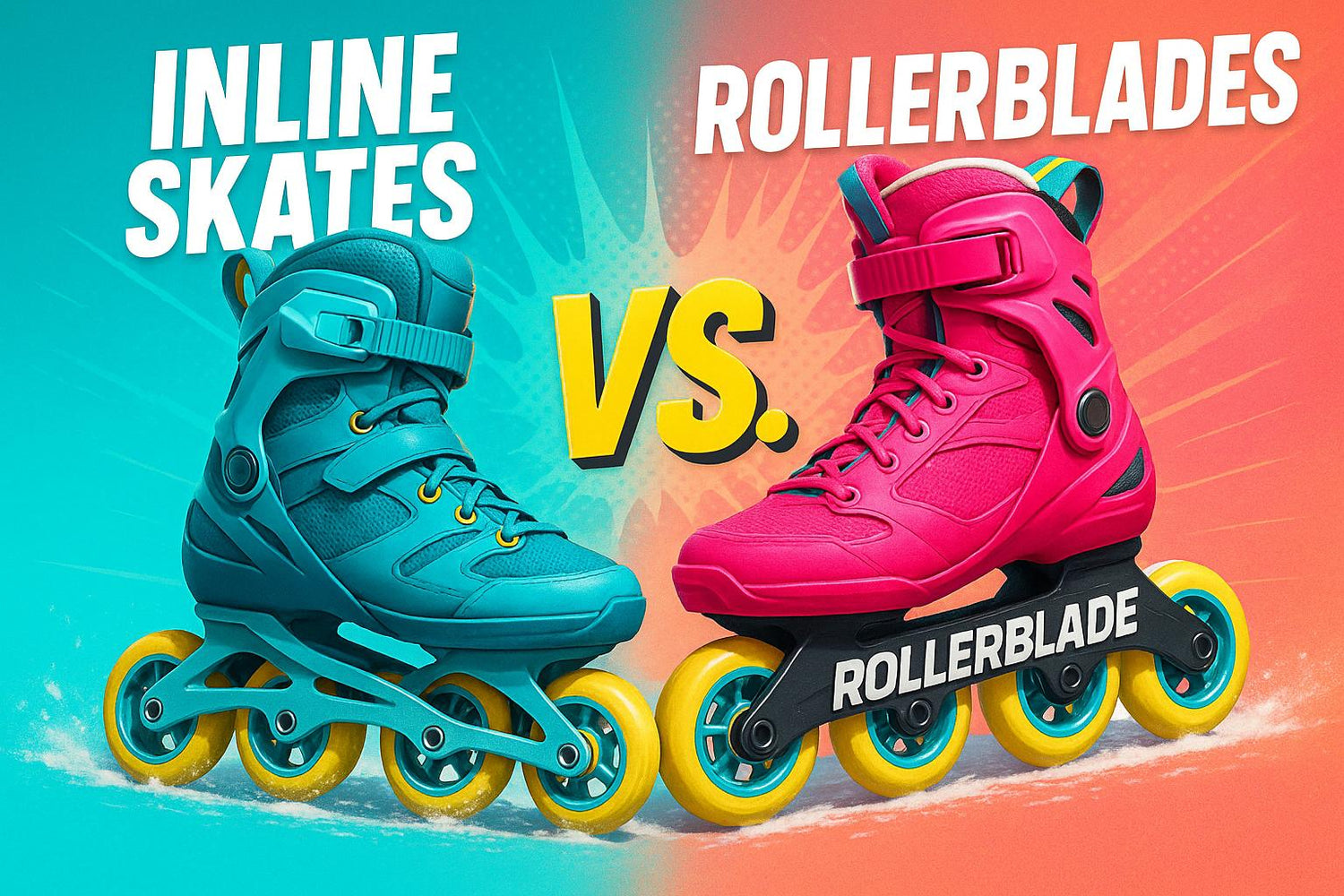
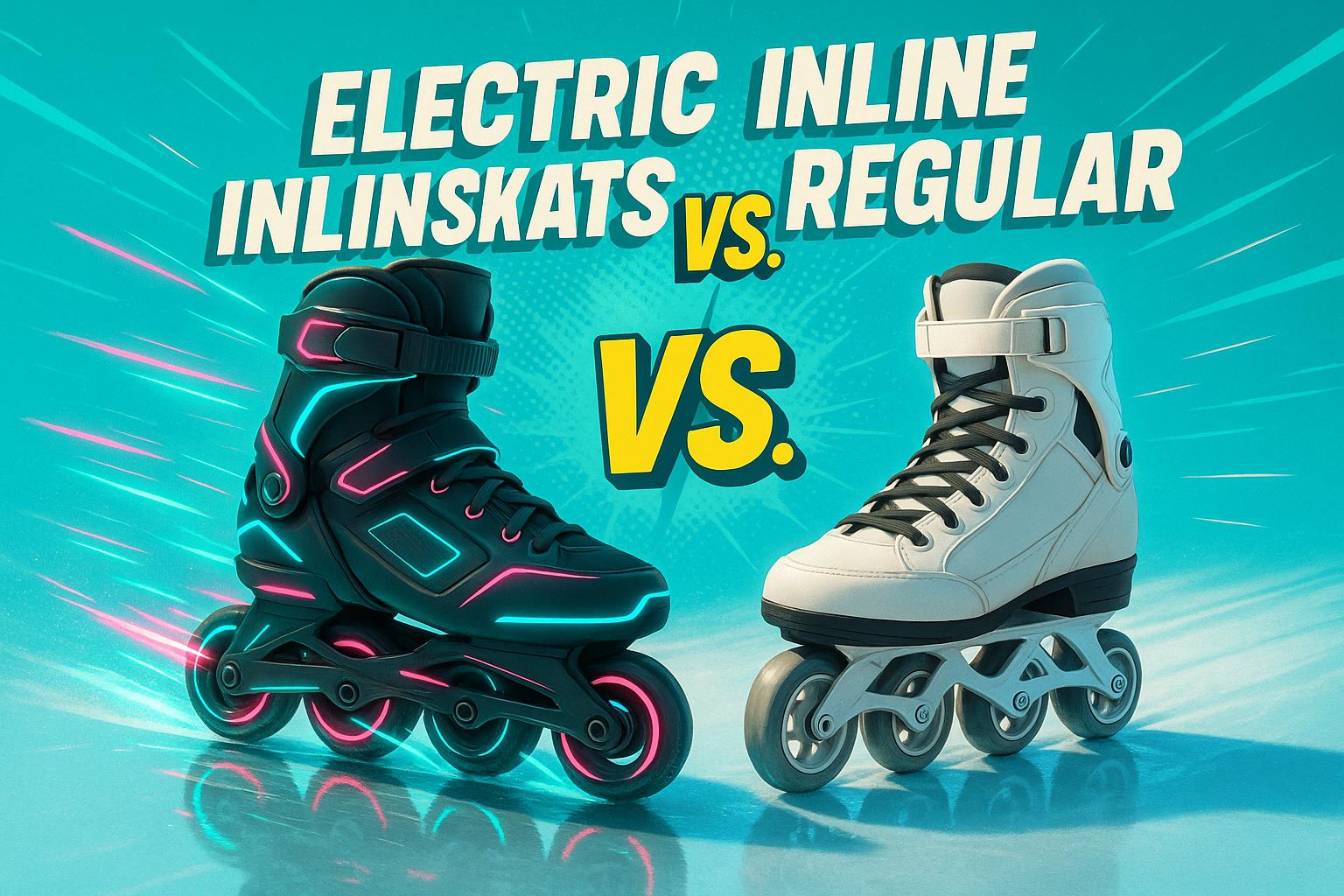
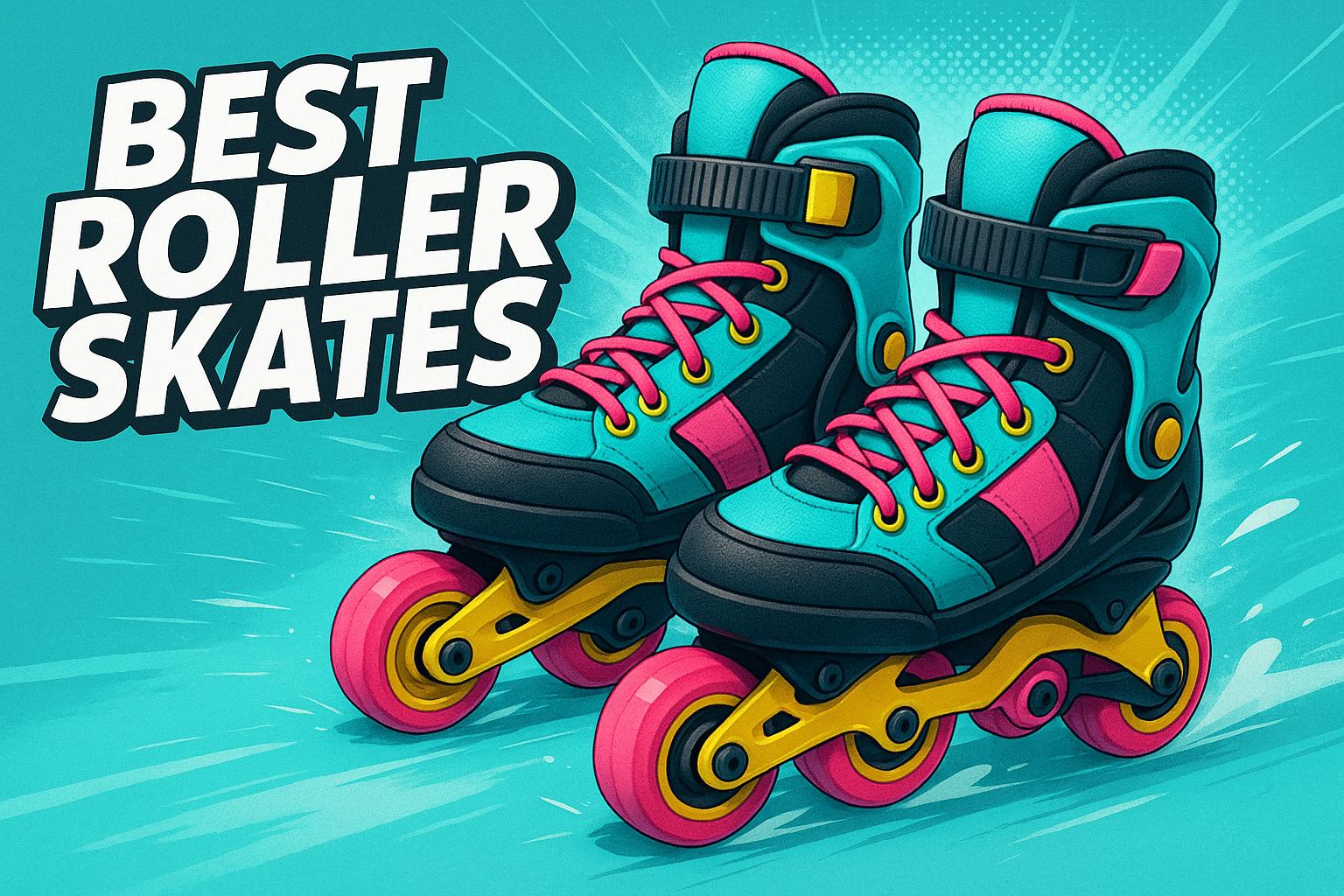




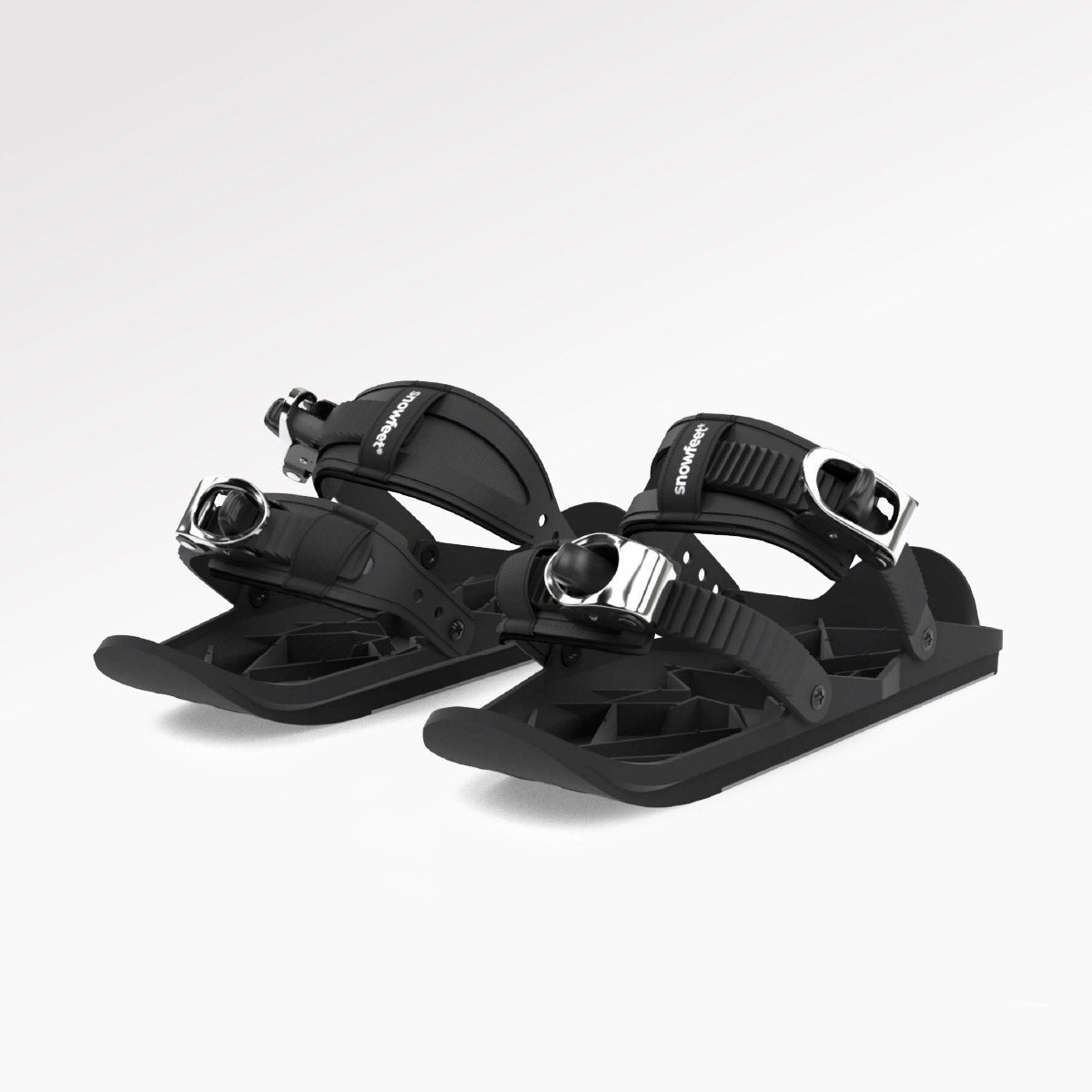
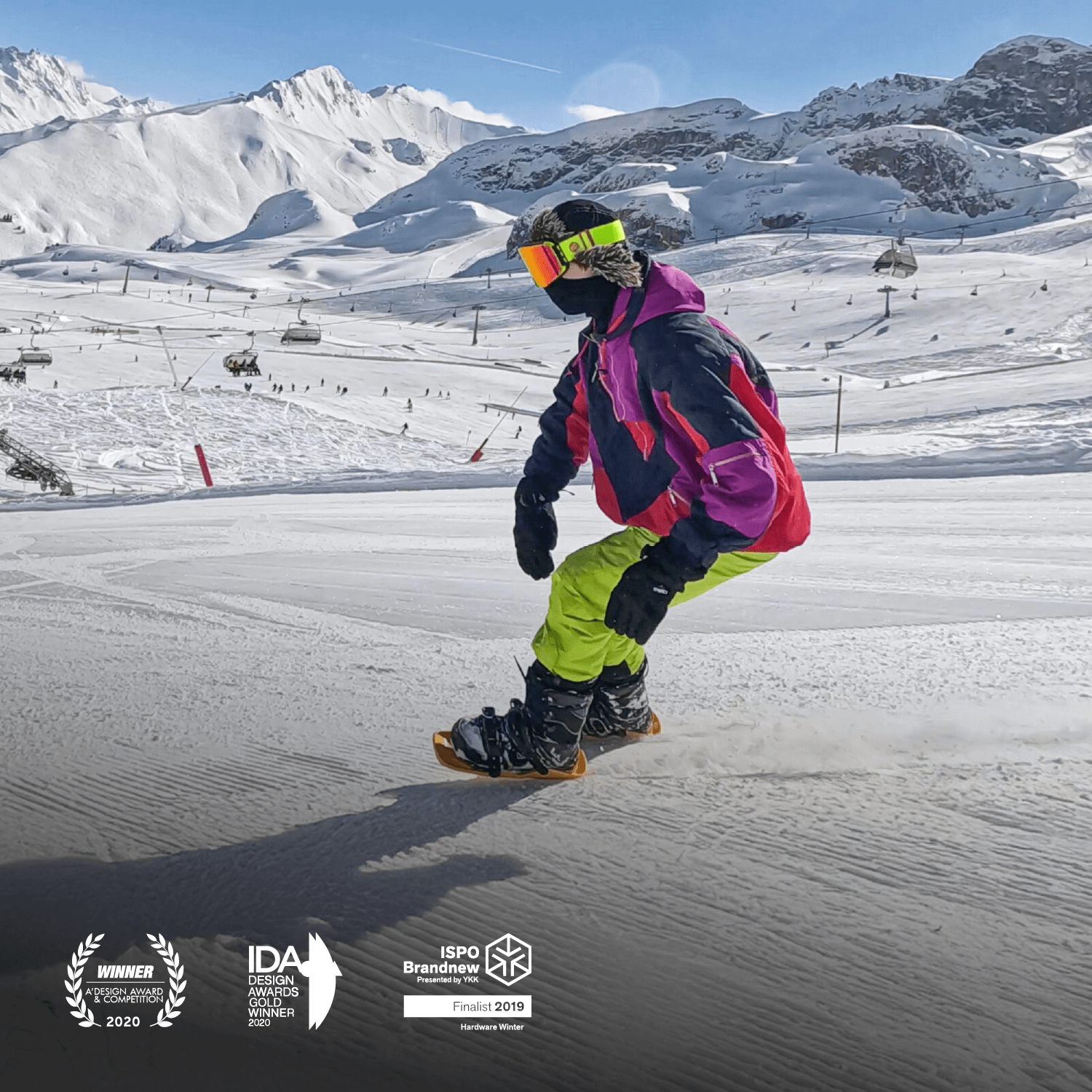
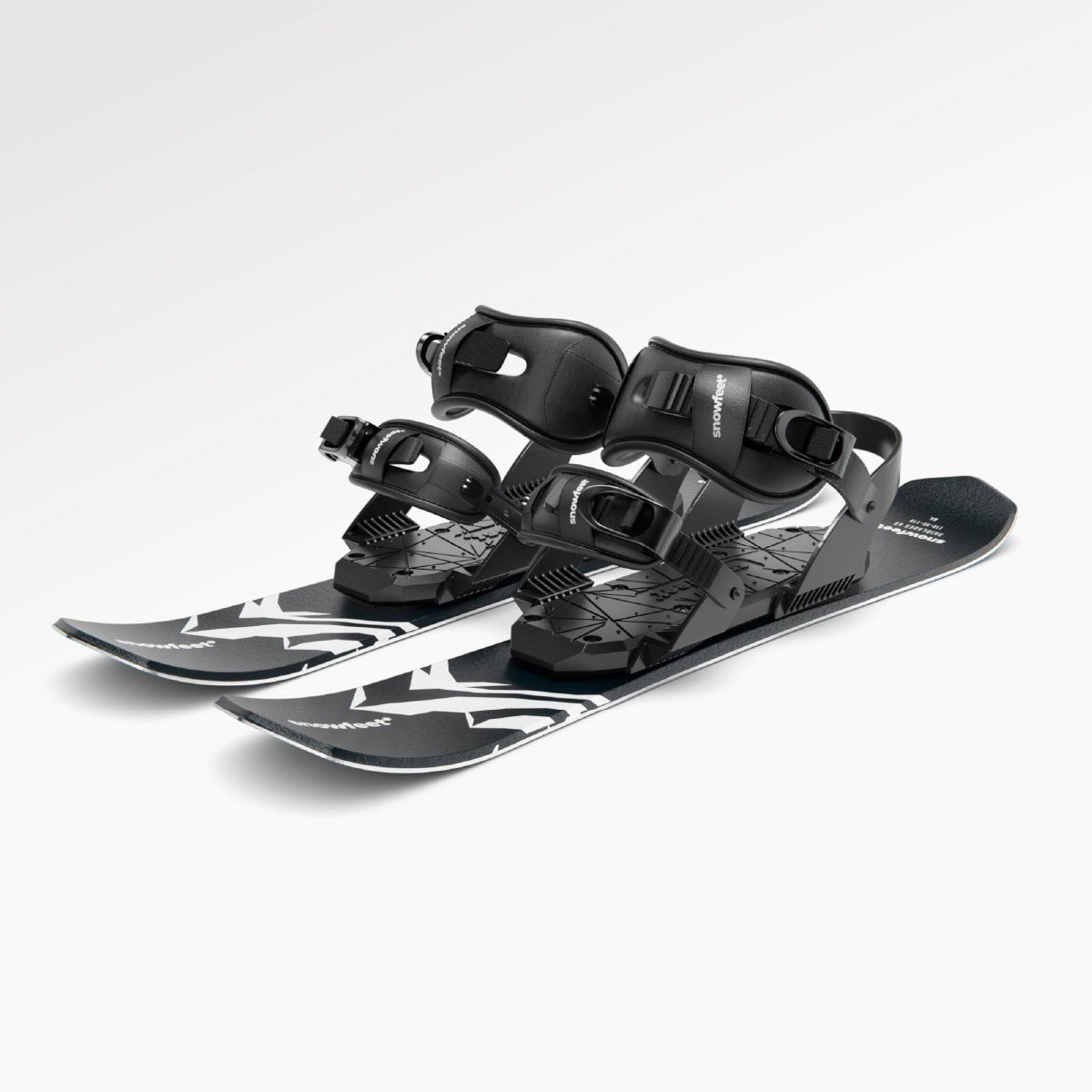

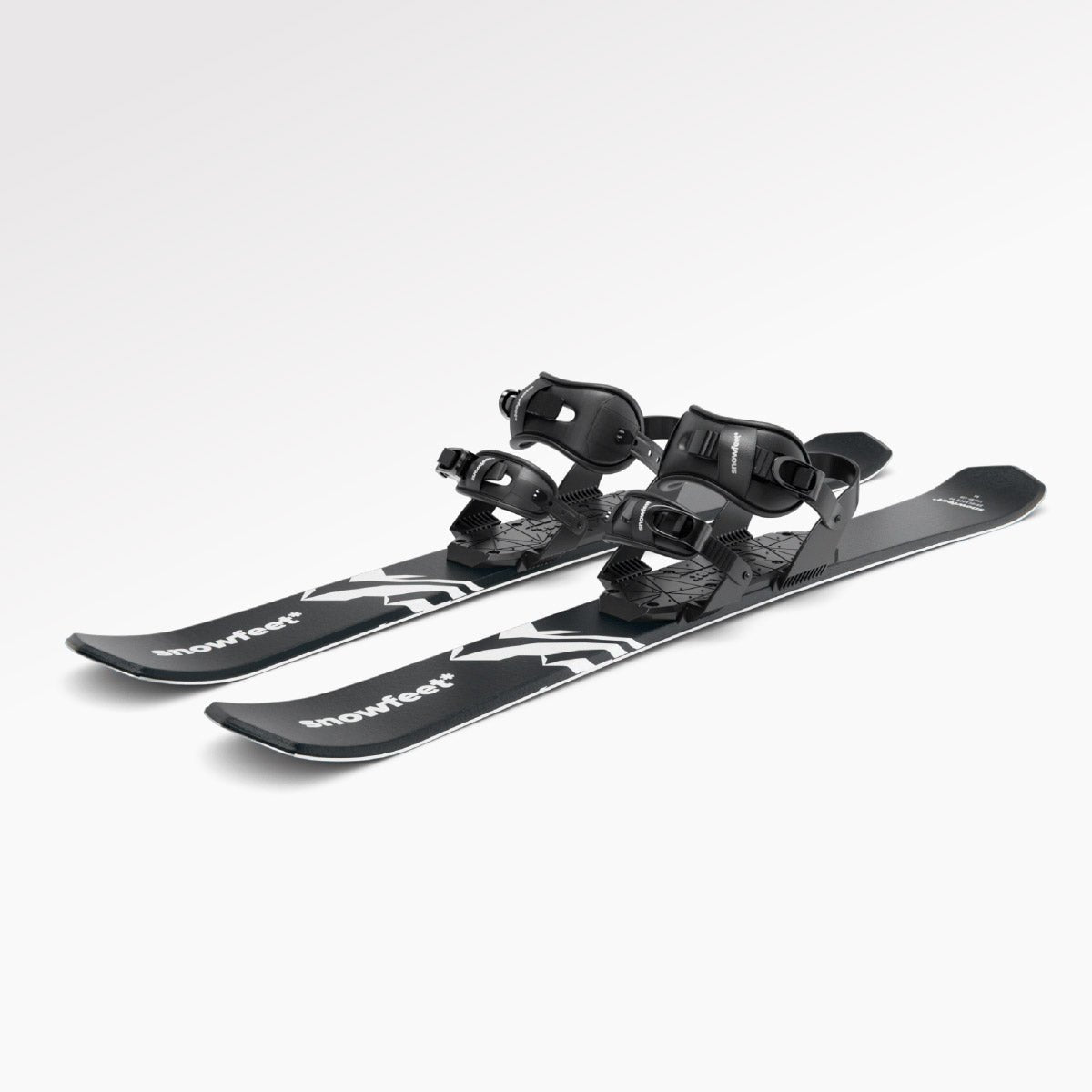

Lasă un comentariu
Acest site este protejat de hCaptcha și hCaptcha. Se aplică Politica de confidențialitate și Condițiile de furnizare a serviciului.